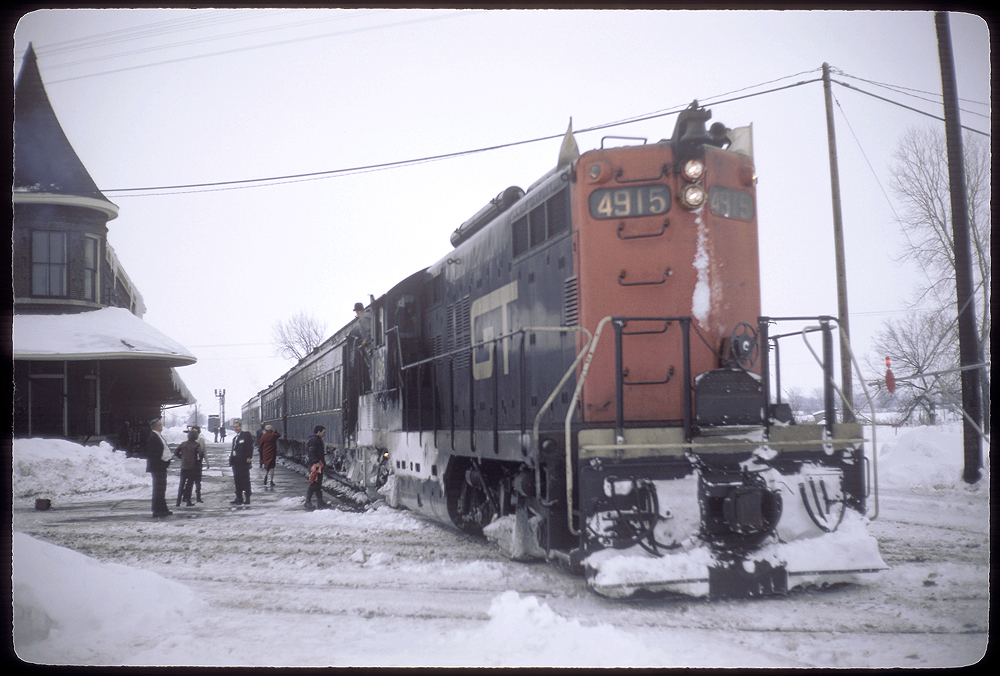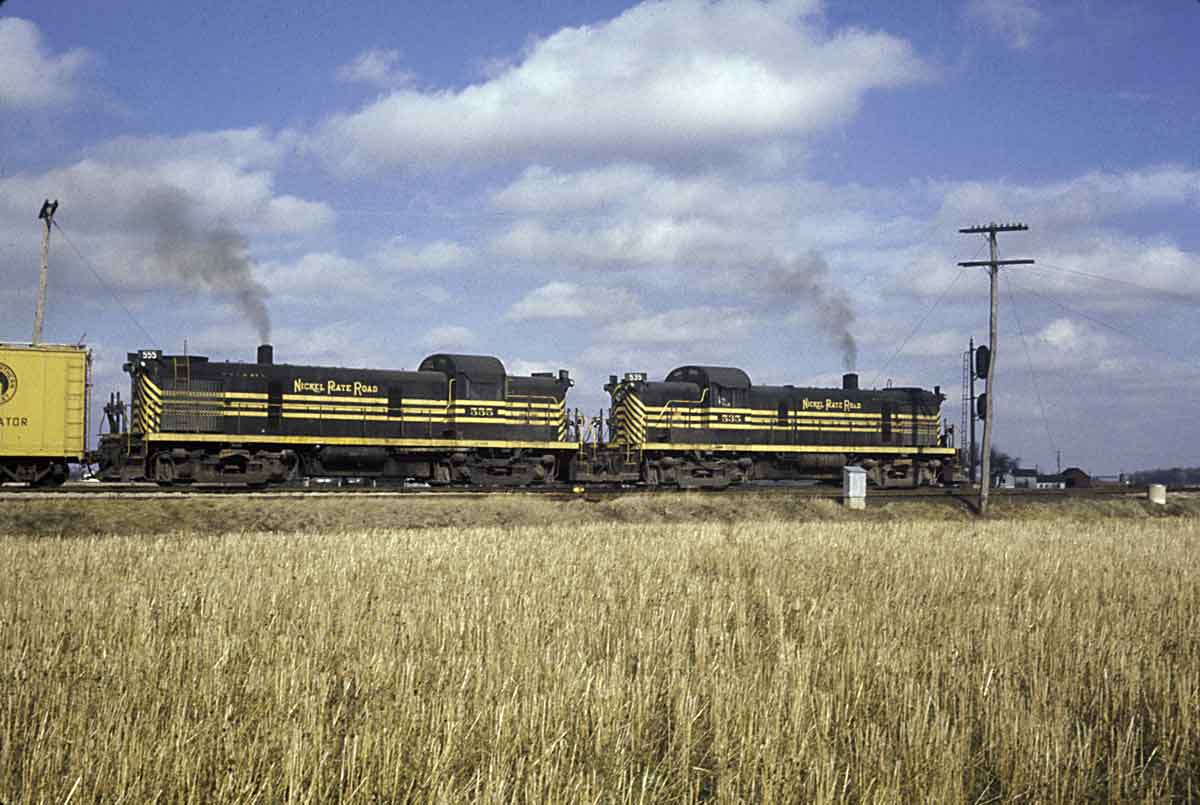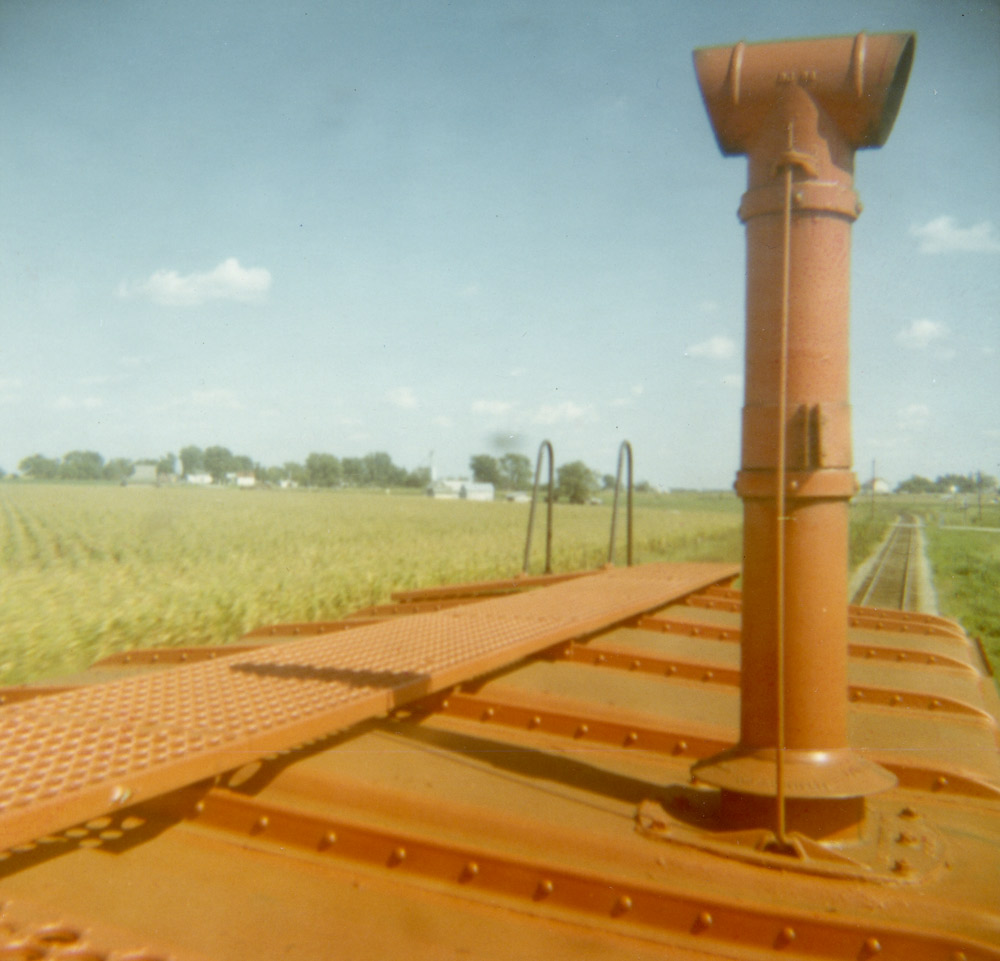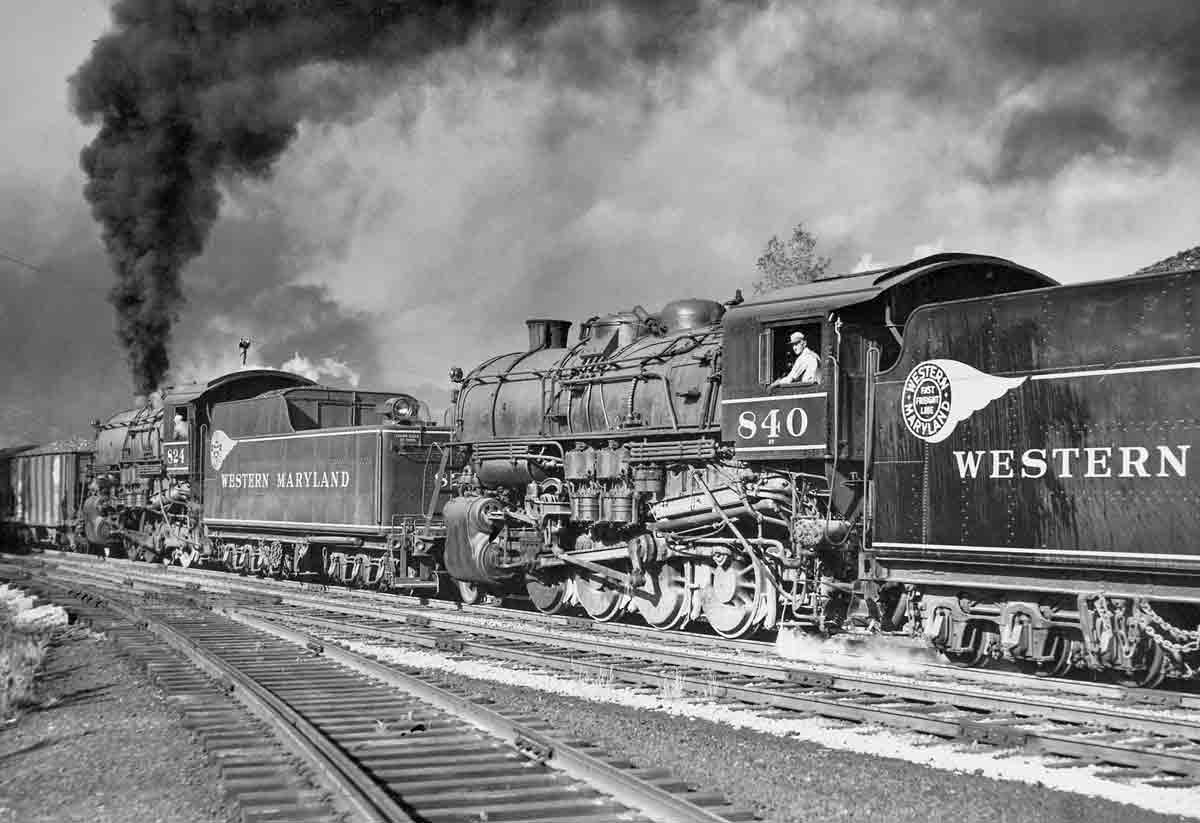Donald L. Kirk, who worked in LV’s Freight Accounting Department, told me about an interesting trip on the employee train, which usually had three coaches hauled by a Reading G-1sa Pacific. One afternoon at Bethlehem, the 4-6-2 was missing and in its place was an I-8sb Camelback 2-8-0. Baldwin and Reading Shops built 117 of these engines between 1905 and 1914. Originally heavy coal haulers, they had been downgraded to general utility work.
The ride home that day was slow and tedious. As the old freight hog joggled along at 35 mph, Don cursed the Reading for putting such an engine on the train. Upon arrival in Reading Terminal, he mentioned the engine and the slow run to the engineer, who was oiling around the running gear.
“This engine is old and nearly worn out, so we can’t run her very fast,” was the explanation given.
Down at the Terminal the following morning, Don was surprised and thoroughly disgusted to find that same I-8 coupled to the train for the run to Bethlehem. But what he did not know was that a different engineer was in the cab. Yes, that “old, worn-out engine” suddenly came to life and took the train to Bethlehem so fast they arrived ahead of time. For years, these engines had been known for their fast runs with the Gettysburg milk train and, regardless of their age in the 1940’s, they obviously still had the guts to run their wheels off. All that was required was a hogger who knew how to do it.













